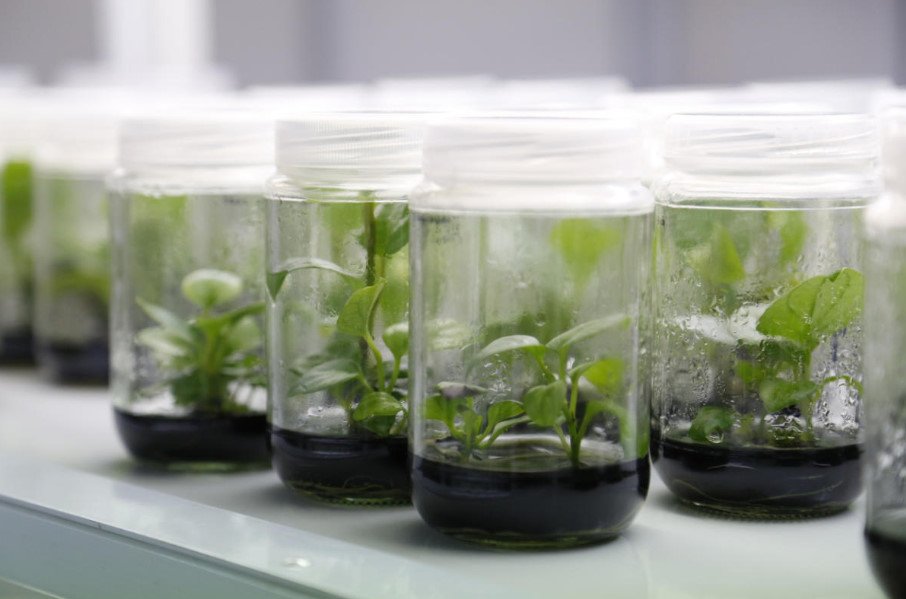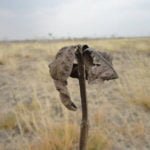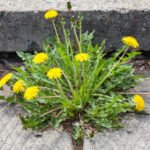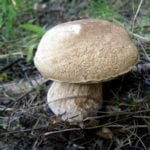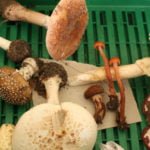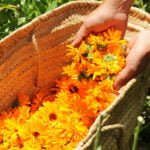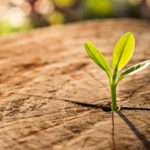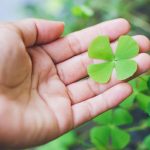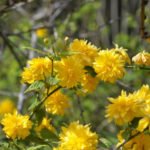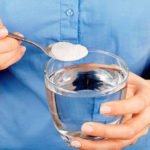Probably all girls love flowers. And also, as the inimitable Marilyn Monroe sang: “diamonds are girls’ best friends.” Scientists have taken the trouble to combine two female pets that grow an opal flower. Of course, these are not diamonds, but noble opals are considered precious stones (the most expensive one found in Australia is estimated at $ 1.88 million) and are quite suitable for making jewelry.
German botanists Mohammed Ansar Farook and Karl-Josef Diets managed to grow the rhesus Tal plant, in the tissues of which amorphous silicon is deposited, that is, the flowers have become opalescent, because opals are made of amorphous silica. The results of their research were published in the journal “Frontiers in Plant Science”.
Stone flower
The Germans began to grow a stone flower on it. However, there is nothing particularly surprising here: plants actively use silicon, it is necessary for them for normal growth. Ferns, for example, accumulate up to 10% silicon (silicon, Si) in their tissues, and in higher plants, silicon in the cells increases stress resistance to temperature fluctuations and exposure to chemicals.
It is the ability of plants to accumulate silicon in the tissues that leads to the appearance of fossilized wood – fossilized opal stumps.
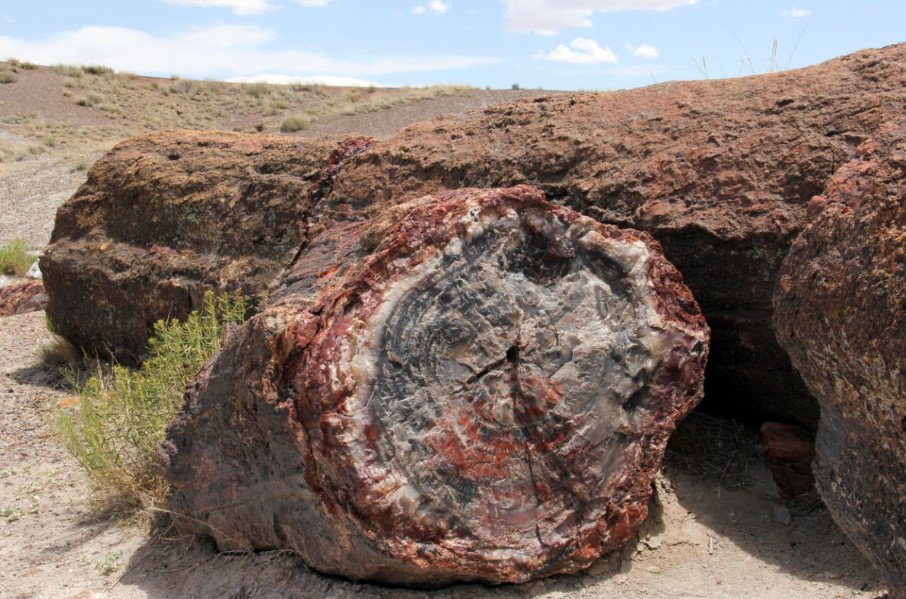
Organosilicon compounds accumulate not only in prehistoric minerals. More likely to accumulate silicon, in addition to the above ferns, horsetails, seaweed, cereals-especially rice and bamboo.
Tabashir (bamboo opal) – this is the name of these formations, which are widely used in Chinese and Indian medicine. They are also used to make jewelry.
About the experiment
Of course, it’s a joke that scientists started the experiment just to create exclusive jewelry. Although the resulting opalescent arabidopsis flowers are made by biologists as custom-made memorial decorations.
The goal of experience, like almost any scientific research, is the good of humanity. For example, the fight against diseases.
Silicon is an important element for living organisms, not just for plants. Thus, human muscle tissue contains 0.02% silicon, bones-0.0017%, and blood – 3.4 mg/l. Most of this substance a person receives from food.
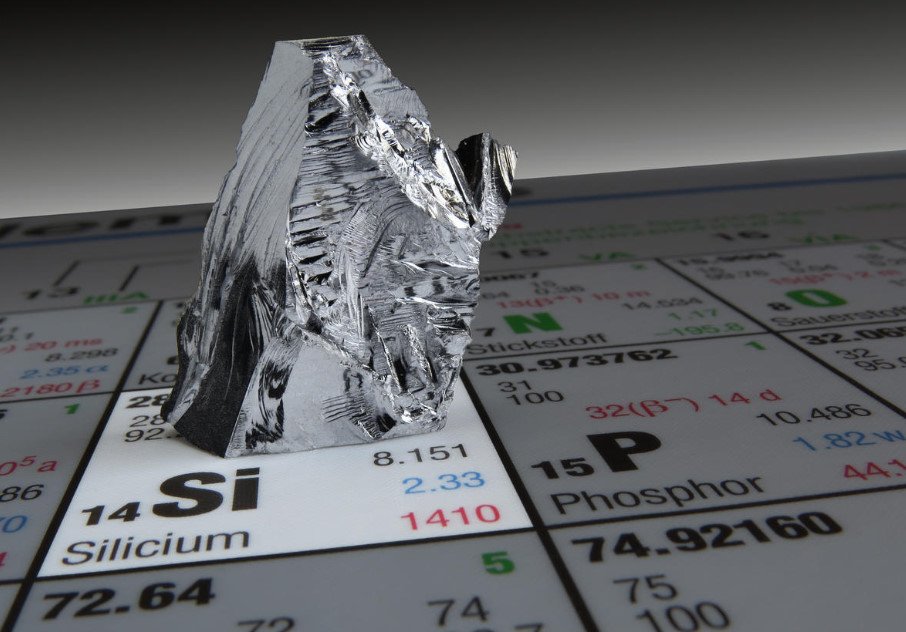
Back in 1972, studies showed that the lack of silicon in the diet negatively affects the development of the skeleton – there is an abnormal growth of connective tissue in the peripheral bones and joints.
Biologists from the University of Bielefeld (Germany) studied the balance of silicon in plant cells and its transport. They embedded a gene responsible for the transport of Si and its connectivity in cells in the region of the plant genome that controls flowering.
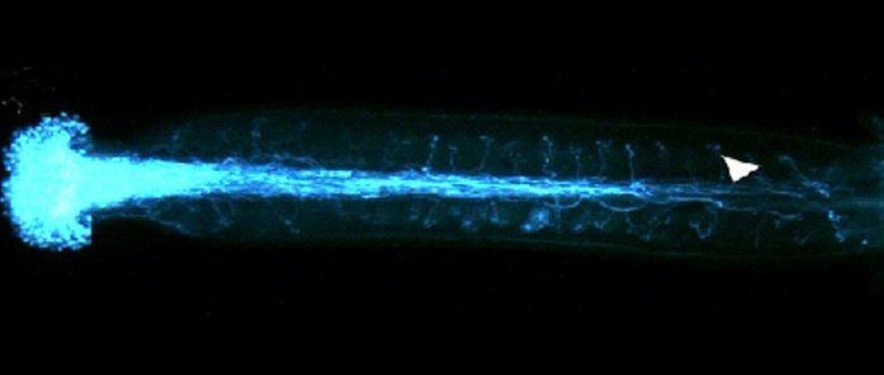
The result of this introduction of genes was silicon in the petals, stamens, pistil and partially in the stem and leaves of Arabidopsis with the beginning of flowering. Within a few days, the researchers obtained flowers whose tissues were almost entirely composed of amorphous silicon dioxide, meaning they became opalescent.
Scientists believe that their discovery will advance not only the medical industry-the treatment and prevention of osteoporosis, cancer and other diseases, but also be useful in the field of crop production – as already mentioned, silicon helps to increase plant resistance. And live jewelry is also quite a promising direction, because no jeweler can compare with Nature in their skill in creating perfect colors.
